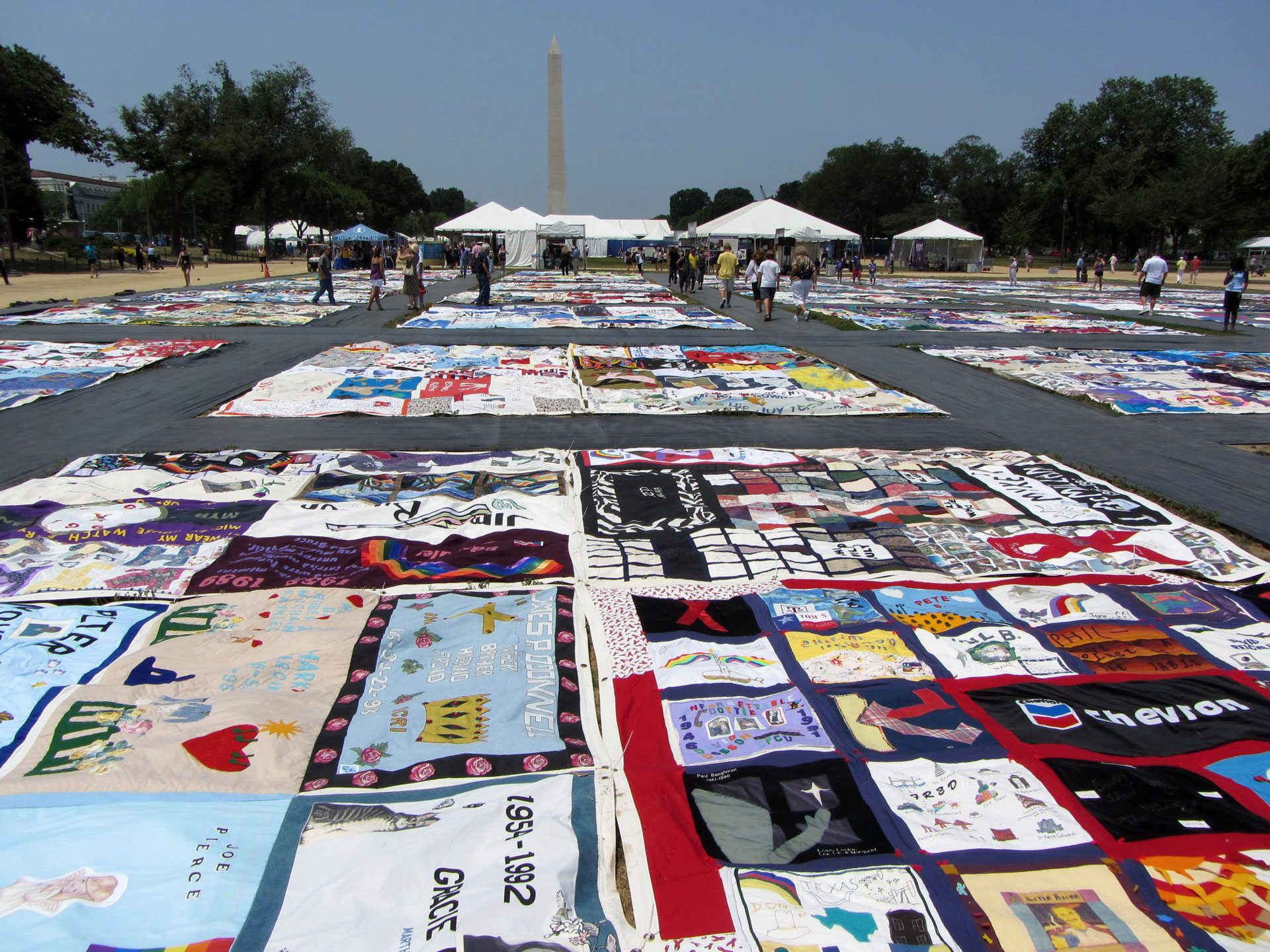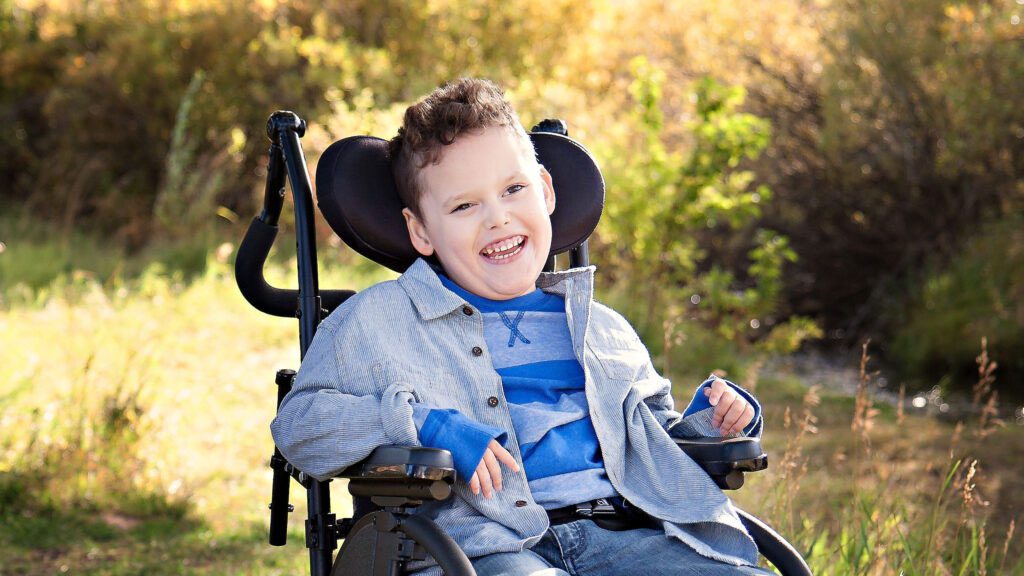As humans, our greatest asset is each other. Our intelligence, logical reasoning, and problem-solving abilities are certainly meritorious, but without the cohesion and interdependence that we all yearn for, those abilities are all meaningless. Interdependence in science is no exception. If it wasn’t for micro and macro scale scientific advocacy, countless lives would not have benefited from HIV/AIDS treatments and therapies for rare diseases. In this toolkit, we’ll take a closer look at how interdependence has spurred scientific breakthroughs and saved lives in the context of HIV/AIDS and rare diseases.

AIDS, Hope and the Impact of Patient Advocacy
Science alone doesn’t change the world. It’s the people who push science into action that truly make a difference. Interdependence is the foundation of these efforts—without it, scientific advancements would be mere pamphlet material and not the tangible change we see in the world…
NGLY1 Deficiency and the Fight for Answers
Dealing with a life-altering diagnosis is one thing. Dealing with a life-altering diagnosis on your own without any information about it is a completely different matter. Interdependence is the antidote to that despair…


AIDS, Hope and the Impact of Patient Advocacy
Science alone doesn’t change the world. It’s the people who push science into action that truly make a difference. Interdependence is the foundation of these efforts—without it, scientific advancements would be mere pamphlet material and not the tangible change we see in the world…



NGLY1 Deficiency and the Fight for Answers
Dealing with a life-altering diagnosis is one thing. Dealing with a life-altering diagnosis on your own without any information about it is a completely different matter. Interdependence is the antidote to that despair…


AIDS, Hope and the Impact of Patient Advocacy
FRAMING THE PROBLEM
Science alone doesn’t change the world. It’s the people who push science into action that truly make a difference. Interdependence is the foundation of these efforts—without it, scientific advancements would be mere pamphlet material and not the tangible change we see in the world.
When the HIV/AIDS epidemic struck the United States in the early 1980’s, much was unknown about this new, deadly disease. Not unlike the situation that unfolded before our eyes over the past year with the COVID-19 pandemic, fake news was at an all-time high, rumors circulated widely, and conspiracies thrived in the midst of it all.
Individual people and whole communities were isolated and ostracized largely due to the prevalent misconceptions that were running amok in the society of that era. It appeared that the years ahead would take an immense toll on those infected and their families.
Yet, the future was not anything close to Doomsday—in fact, it was brighter than anyone could have ever imagined at the start. What made this possible?
Guiding Questions
-
- Put yourself in the shoes of an HIV victim from that era. How would you feel?
- What would you do to break the cycle of misinformation, hopelessness, and doubt that was so prevalent?
THE SOLUTION
Not one person. Not two. It took the relentless advocacy of thousands of people. Over the course of 2 decades, ACT UP established itself as the world’s most successful advocacy group. It catalyzed government funding for AIDS research, persuaded the government to fund AIDS drug assistance narratives, and expedited the rollout of life-saving treatments and therapies.
Explore What Made ACT UP So Successful
Closing Questions
- What were the main elements that made ACT UP successful?
How might you harness modern technology to streamline the process?
Have you ever engaged with ACT UP? Reflect on your personal experience in a short paragraph.
Additional resources
“How to Speak Up When You Feel Like You Can’t”
Quotes
“It is bad enough that people are dying of AIDS, but no one should die of ignorance.”
– Elizabeth Taylor
“How wonderful it is that nobody need wait a single moment before starting to improve the world.”
– Unknown
“We live in a completely interdependent world, which simply means we can not escape each other. How we respond to AIDS depends, in part, on whether we understand this interdependence. It is not someone else’s problem. This is everybody’s problem.”
– Bill Clinton


NGLY1 Deficiency and the Fight for Answers
Dealing with a life-altering diagnosis is one thing. Dealing with a life-altering diagnosis on your own without any information about it is a completely different matter. Interdependence is the antidote to that despair. For the vast majority of people, their struggles with disease are confined to ailments that are likely well-researched. However, for a portion of the patient population, their medical journeys do not fall within that sphere. Approximately 25 million Americans are affected by some 7,000 rare diseases. Short-term prognoses are usually unknown, let alone long-term. As a result, these patients are often stranded in a seemingly endless state of limbo.
But there is a way to cut through the uncertainty. In this module, we will examine the story of Bertrand Might and how his father, Matt, leaned into patient research advocacy to uncover life-saving information regarding his son’s once-unknown condition, NGLY1 deficiency.
Visit this link to watch an approximately 7-minute-long video that details the Might family’s story. Once you’ve watched it, come back to this page for some follow up questions.
Follow-up Questions
-
- What was the missing piece that uncovered Bertrand’s diagnosis? Why did it take so long to get the diagnosis? How can we ensure that diagnoses are more efficiently delivered in the future?
- Did it surprise you that Matt was able to spearhead the genetic analysis efforts despite having no biology background? Why or why not? If you were ever in Matt’s shoes, how would you have reacted?
- How did Matt end up treating some of Bertrand’s symptoms (particularly his inability to produce tears)? What does this say about potential treatments for rare diseases?
Additional resources
Q&A with Greg Enns MD of Stanford about NGLY1 deficiency, a newly discovered genetic disease
How 6 Rare Diseases Are Changing Everyday Medicine
This Young Man Is One Of Two People In The World Coping With A Rare, Nameless Disease

